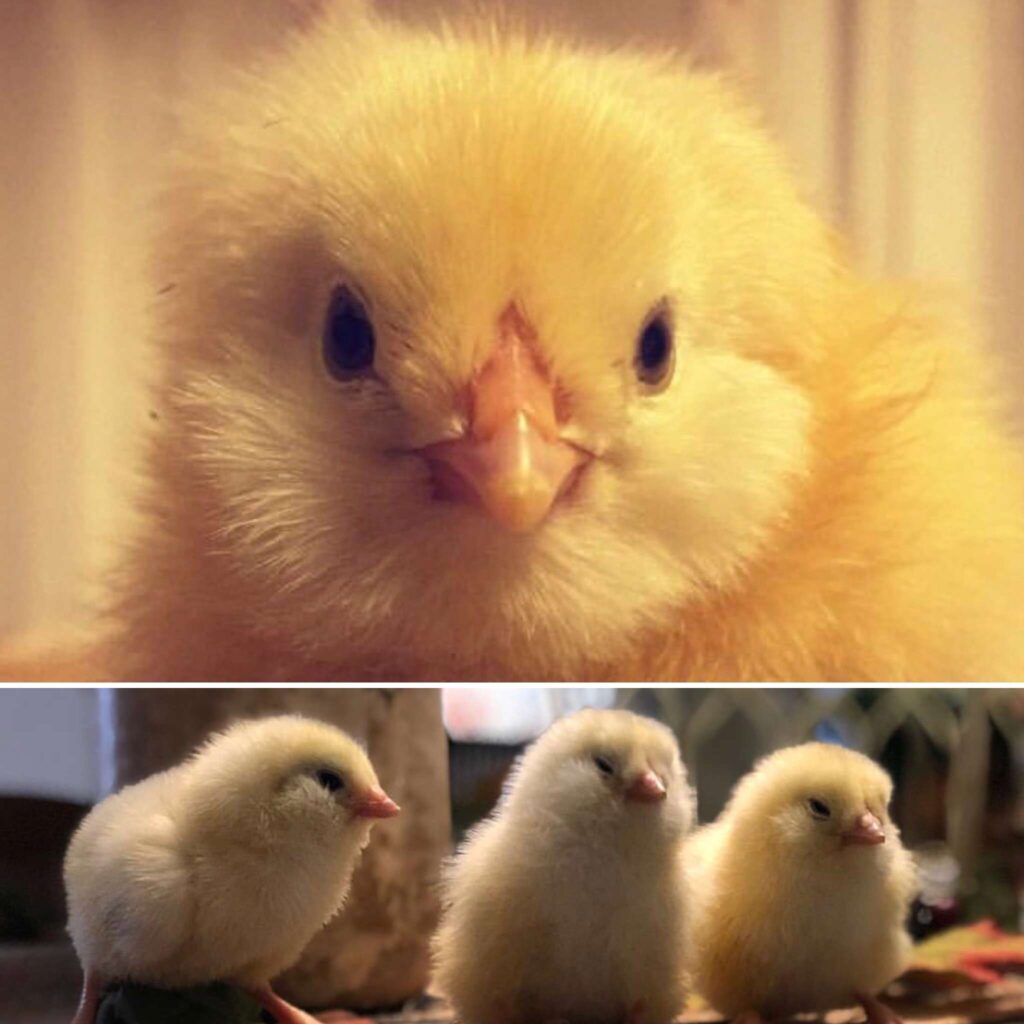Are you working with a breed that calls for muffs and a beard? Would you like to learn more about the genetics of muffs and beard (Mb)?
Muffs and beard (Mb) is known as an autosomal incomplete dominant trait. It is an observable physical characteristic involving elongated feathers that form on the side of the face and below the beak.
First, let’s break things down and explore the meaning of an autosomal incomplete dominant trait.
Chickens have 39 pairs of chromosomes. They have two categories of chromosomes known as sex chromosomes and autosomes. An autosome is simply defined as a chromosome that is not a sex chromosome. Genes are contained within these chromosomes. Each parent contributes one allele to form a particular gene in a diploid organism, such as a chicken or human. Incomplete dominance means that one allele is not completely expressed over the allele that it is paired with. This results in a phenotype that is a combination of the phenotypes of both alleles.

There are three genotypes for the Mb locus regulating the Mb trait:
1) Mb/Mb homozygous (carrying two copies of the gene and exhibiting a full muff/beard)
2) Mb/mb heterozygous (carrying one copy of the gene and exhibiting a partial muff and beard)
3) mb/mb wild-type homozygous (not carrying any copies of the gene and what many refer to as clean-faced)
So how does the muffs and beard (Mb) trait affect our breeding programs? Using a punnett square, we can predict the genotypes of a particular cross.
If you mate two homozygous Mb/Mb birds together, all resulting offspring will have two copies of the Mb gene and full muffs and beard.
If you mate two Mb/mb heterozygous birds together, 25% of the offspring will be homozygous Mb/Mb and have full muffs and beard, 50% will be heterozygous Mb/mb and have partial muffs and beard, and 25% will be homozygous wild-type mb/mb and not have muffs or a beard.
If you mate a Mb/Mb homozygous bird with a Mb/mb heterozygous bird, 50% of the offspring will have full muffs and beard and 50% will have partial muffs and beard.
Mb birds are born with muffs and beard, and the remarkable differences of Mb/Mb, Mb/mb, and mb/mb birds can be witnessed during embryonic development. I have attached a photo from a study that shows HOXB8 expression is increased considerably in the facial skin of developing Mb/Mb embryos and postnatal chicks (Guo et al., 2016).

This study also found that the Mb allele that causes the Mb phenotype is “a derived allele where a complex structural variation (SV) on GGA27 leads to an altered expression of the gene HOXB8. It is a structural mutation resulting from the duplication of three regions on chicken chromosome 27 (GGA27). The three duplication regions are located around 1.70 Mb (CNV1), 3.58 Mb (CNV2), and 4.47 Mb (CNV3) on GGA27, respectively (Guo et al., 2016).”
lt is important to note that several studies have identified that wattles are absent or small when Mb is present (RG, S 1990). Many researchers speculate that the Mb trait is highly associated with the Wattles locus and that there are underlying complex interactions between Mb and Wattles.
Hopefully this article will help you as you are selecting for the Mb phenotype in breeds that have muffs and a beard.
References:
Guo Y, Gu X, Sheng Z, Wang Y, Luo C, Liu R, et al. (2016) A Complex Structural Variation on Chromosome 27 Leads to the Ectopic Expression of HOXB8 and the Muffs and Beard Phenotype in Chickens. PLoS Genet 12(6): e1006071.
RG S (1990) Mutations and major variants of plumage and skin in chickens. In: Crawford RD, editor Poultry Breeding and Genetics Amsterdam, Netherlands: Elsevier: 169–208.
By Lindsay Helton
